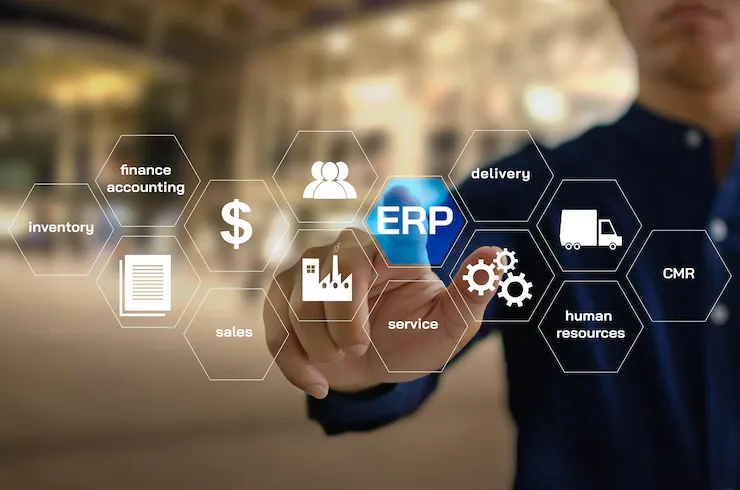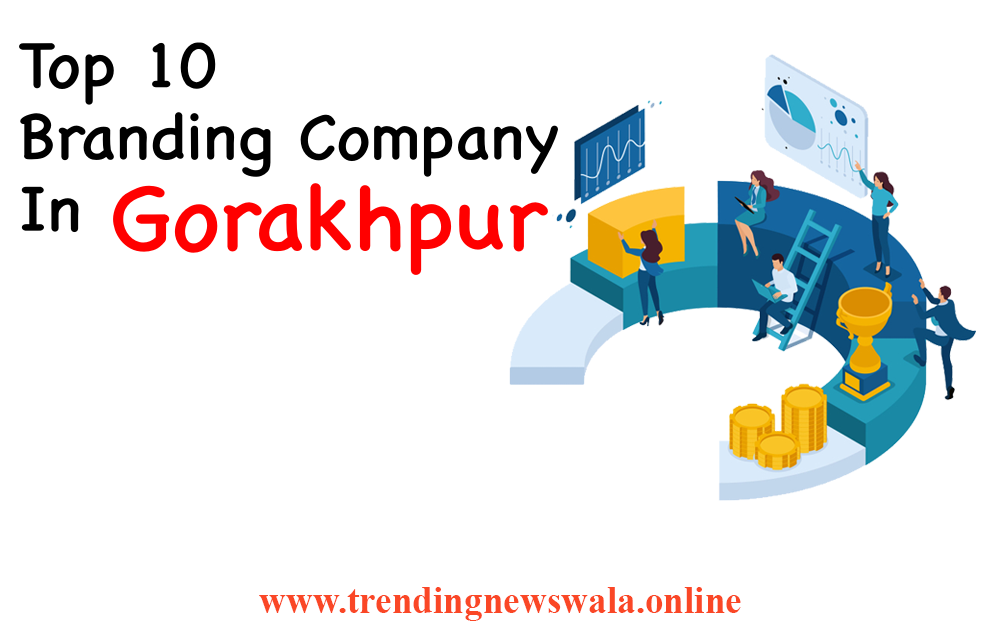Streamlining Operations and Driving Efficiency: The Power of Enterprise Resource Planning (ERP)

In the fast-paced and complex business world, managing various departments and processes efficiently is vital for organizational success. Enterprise Resource Planning (ERP) has emerged as a comprehensive solution to streamline operations, enhance collaboration, and drive productivity. By integrating core business functions into a centralized system, ERP enables companies to optimize resource allocation, automate processes, and make informed decisions. In this article, we will delve into the concept of enterprise resource planning, its benefits, key features, and how it can transform businesses of all sizes.
Understanding Enterprise Resource Planning (ERP):
Enterprise Resource Planning (ERP) is a software system that integrates and manages core business functions, including finance, human resources, supply chain management, manufacturing, and customer relationship management. It provides a centralized platform where data and processes are interconnected, facilitating real-time collaboration and information sharing across departments.
The Benefits of Enterprise Resource Planning:
a. Streamlined Operations: ERP eliminates silos and facilitates seamless information flow across departments. This streamlines processes, reduces manual data entry, and minimizes errors. With real-time visibility into operations, organizations can optimize workflows, reduce bottlenecks, and enhance overall efficiency.
b. Improved Data Accuracy: ERP serves as a single source of truth, ensuring data consistency across the organization. By eliminating data duplication and reducing manual entry, ERP minimizes errors and provides accurate and up-to-date information for better decision-making.
c. Enhanced Collaboration: With ERP, departments can easily share information and collaborate in real-time. This fosters cross-functional collaboration, improves communication, and enables teams to work together towards common goals.
d. Strategic Decision-Making: ERP systems provide comprehensive insights and analytics, enabling data-driven decision-making. With real-time access to key performance indicators, organizations can identify trends, spot opportunities, and respond quickly to changing market conditions.
e. Cost Savings: ERP optimizes resource allocation, inventory management, and production planning, leading to cost savings. By automating processes, reducing manual labor, and minimizing errors, organizations can improve operational efficiency and lower operational costs.
Key Features of Enterprise Resource Planning:
a. Financial Management: ERP systems include modules for managing financial processes such as general ledger, accounts payable/receivable, budgeting, and financial reporting. This enables organizations to track expenses, manage cash flow, and generate accurate financial statements.
b. Supply Chain Management: ERP facilitates end-to-end supply chain visibility, including procurement, inventory management, order processing, and logistics. This helps optimize inventory levels, reduce lead times, and improve overall supply chain efficiency.
c. Human Resource Management: ERP includes features for managing employee information, payroll, benefits administration, performance management, and training. This streamlines HR processes, enhances employee productivity, and supports talent management strategies.
d. Manufacturing and Production Planning: ERP systems offer modules for managing manufacturing processes, production planning, and scheduling. This enables organizations to optimize production capacity, reduce waste, and improve production efficiency.
e. Customer Relationship Management (CRM): ERP integrates customer data and interactions, allowing organizations to effectively manage customer relationships, sales processes, and marketing campaigns. This supports customer-centric strategies, enhances customer satisfaction, and drives revenue growth.
Implementing Enterprise Resource Planning:
a. Needs Assessment: Assess your business requirements and determine which modules and functionalities are essential for your organization. Identify specific pain points and areas that can benefit from ERP implementation.
b. Vendor Selection: Research and evaluate ERP vendors based on their industry expertise, product features, scalability, customer reviews, and support services. Choose a vendor that aligns with your business needs and budget.
c. Planning and Customization: Develop an implementation plan, considering factors such as data migration, system configuration, and employee training. Collaborate with the vendor to customize the ERP Service system to match your business processes.
d. User Training and Change Management: Provide comprehensive training to employees to ensure they understand how to use the ERP system effectively. Implement change management strategies to support employee adoption and engagement.
e. Ongoing Support and Evaluation: Establish a support system with the ERP vendor to address any technical issues or questions that arise. Regularly evaluate the system's performance, gather feedback from users, and identify areas for improvement.
Conclusion:
Enterprise Resource Planning (ERP) offers organizations a powerful tool to streamline operations, enhance collaboration, and drive efficiency. By integrating core business functions into a centralized system, ERP enables real-time visibility, data accuracy, and data-driven decision-making. Embrace the transformative capabilities of ERP and unlock your organization's full potential in today's competitive business landscape.





